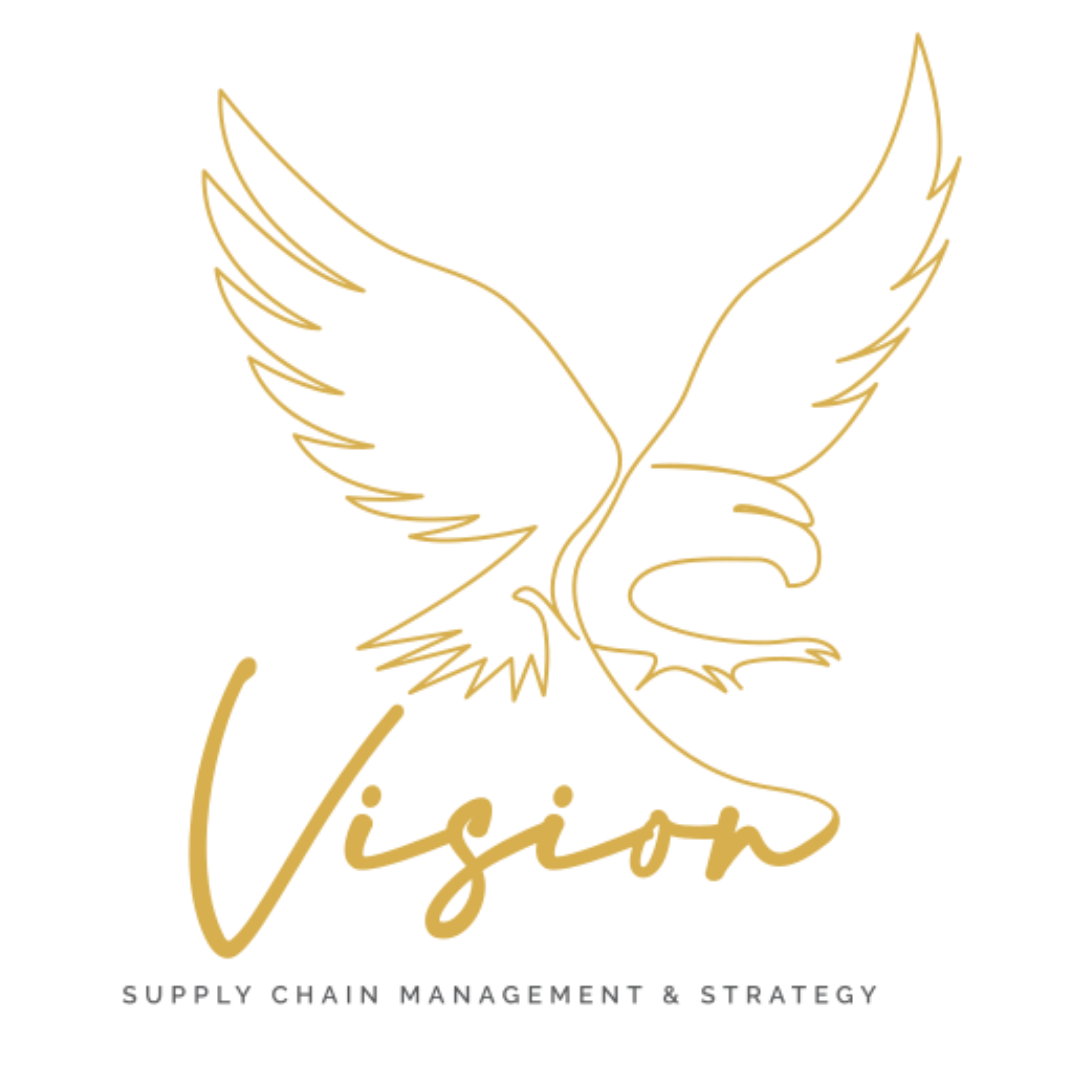Strike!
There are several causes that can create a disruption in your Supply Chain. In this article we will talk about strikes (in France and its Overseas Department and Territories) and we will highlight some path of reflections for a more resilient Supply Chain.
According to a recent study made by the Institue of Economic and Social Research, France is the country in the OECD (Organisation for Economic Co-operation and Development) that goes on strike the most with an average per year of 118 strike days per 1000 employees, which is tremendous! Mostly when we know that such disruptions will then lead to increases in Supply Chain cost, customers who are not satisfied because they are not being delivered on time which itself impact the reputation of the company. The vicious circle has started!
Disruptions whether they are minor or major can’t be avoided. However, if your Supply Chain is well designed, companies can go through it with minimal impact on their final customer. There are 3 main aspects that you should consider while developing a resilient Supply Chain: to map your supply chain, to identify risks and their impacts and finally to build a flexible Supply Chain.
First, map your Supply Chain
Mapping your workflow is the very first step when it comes to develop a resilient Supply Chain. You must draw or map your Supply Chain by asking yourself a series of questions from your suppliers to your end customers. This is a critical step as you might find out that all your main suppliers are single supplier (high risk) or that they are geographically clustered which might put you in a very bad place in case of an event. Once you have it done, you need to establish a risks assessment.
Then, assess the risks
The risk assessment will help you to identify different risks throughout your Supply Chain and assess their impact. For example, it is well known that when contracts are coming to the end, there is a high chance for your company to face the impact of a strike. For example, in the US several ports have been blocked by dock workers because the contract between ILWU (International Longshore and Warehouse Union) and these ports were coming to an end. (I share with you here a link where you can see all activities of ports worldwide. You can then plan accordingly when you feel that your logistics is at risks: https://www.joc.com/port-news/european-ports.)
Build a flexible and robust Supply Chain
Finally with all the information that you have gathered, build a flexible Supply Chain. I insist on flexible. Your flexibility will come from data collection, visibility and transparency. Having a flexible Supply Chain is key when it comes to major (or minor) setbacks.
Most of the companies will implement total Lean Manufacturing, focus on low cost or have suppliers too far from them geographically. Supply Chain Experts are now unanimous and are thinking that to be more resilient it is a must to diversify your suppliers, to bring them closer to you, to reduce the Just-in-time but increase transparency. If you want your organisation to go through disruptions with less impact, you must see your Supply Chain as a whole, identify the risks and implement solutions that will help you becoming more flexible, efficient and responsive. However, implementing such a Supply Chain in companies of Overseas Department can be difficult. In a next article I will develop more on difficulties that companies in Overseas Department and Territories might have and how to overcome them.
Have you ever face a major disruption in your career? How did you overcome it? Share your thoughts in the comments section below.
